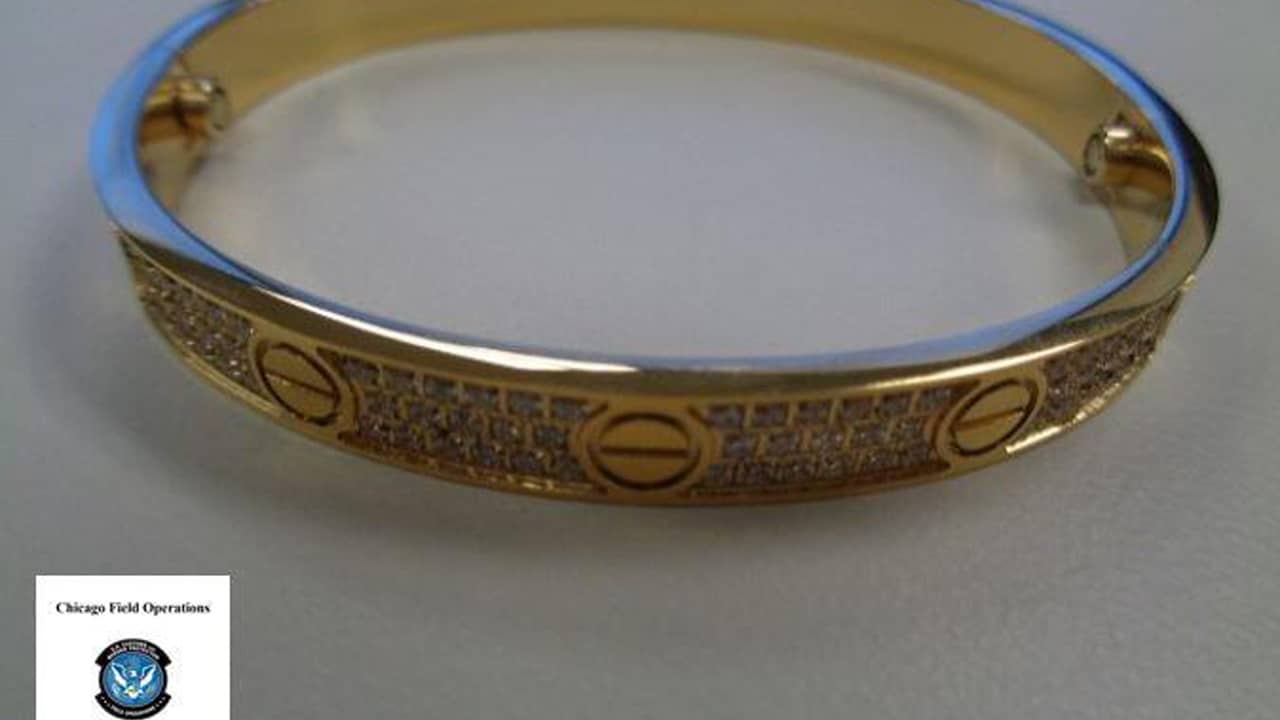On March 4, US Customs and Border Protection (CBP) officers in Cincinnati seized two shipments containing 734 items of counterfeit jewelry. The jewelry, which came from China, would have been worth a total of $3,191,370 million had it been genuine.
One of the shipments contained 543 bracelets and rings labeled as Cartier, and the other held 191 bracelets, rings, and earrings with Cartier and Hermes emblems. All were determined to be counterfeit by CBP’s Centers for Excellence and Expertise (CEEs), the agency’s trade experts. The shipments were headed to private residences in Jeffersonville, Indiana, and Miami Beach, Florida.
“Legitimate trade powers the US economy,” said Cincinnati Port Director Richard Gillespie, “but counterfeit and pirated goods dampen our economic successes, fund criminal networks, and threaten consumer trust and safety. Our officers work hard every day to protect our domestic businesses and American consumers.”
The rapid growth of e-commerce enables consumers to search for and easily purchase millions of products through online vendors, but this easy access gives counterfeit and pirated goods more ways to enter the US economy. U.S. consumers spend more than $100 billion every year on intellectual property rights (IPR) infringing goods, falling victim to approximately 20% of the counterfeits that are illegally sold worldwide.
CBP has established an educational initiative, Truth Behind Counterfeits, to raise consumer awareness about the consequences and dangers that are often associated with the purchase of counterfeit and pirated goods. The agency encourages anyone with information about counterfeit merchandise illegally imported into the United States to submit an e-Allegation. The e-Allegation system provides a means for the public to anonymously report to CBP any suspected violations of trade laws or regulations related to the importation of goods in the US… US Department of Justice


